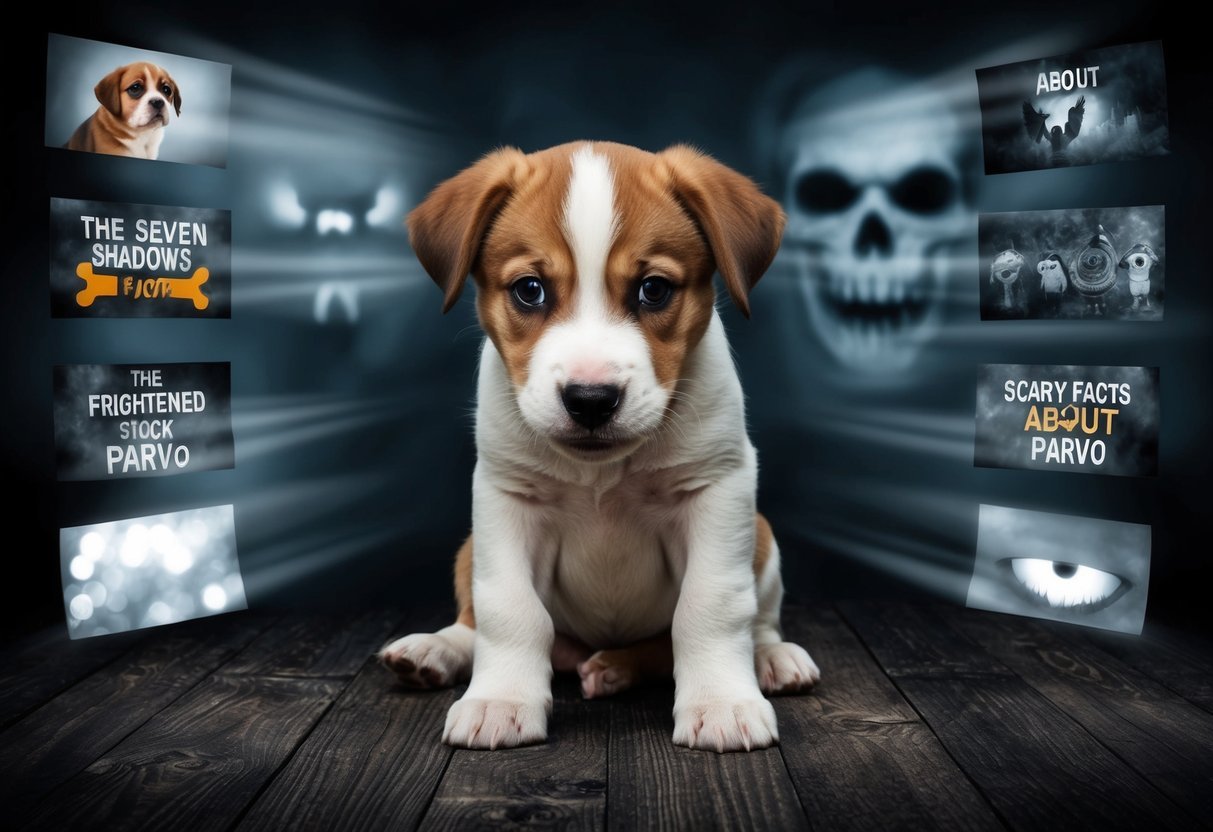As a new puppy owner, you’re filled with excitement and love.
Unfortunately, there’s a serious threat to your puppy’s health that you need to be aware of: parvovirus.

Parvo is a highly contagious disease that can affect puppies in particular.
It’s crucial to know how it spreads, its symptoms, and what preventive measures you can take.
Staying informed about these seven scary facts could make all the difference when it comes to keeping your puppy safe from this dangerous illness.
1) Parvo can survive outdoors for months
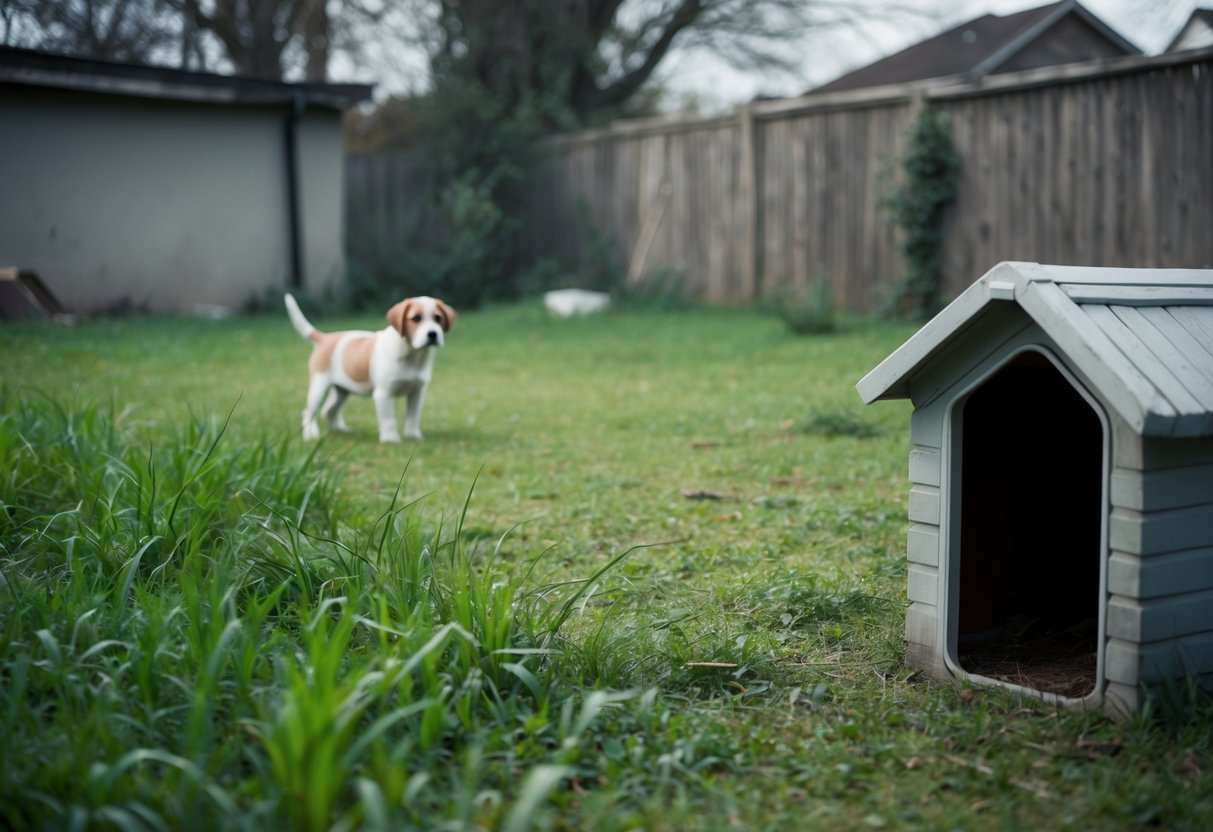
Canine Parvovirus, or parvo, is tough.
It can live in the environment for many months.
This includes places like your yard or anywhere dogs have been.
The virus can survive in soil for up to a year or even longer.
When infected dogs leave their waste behind, the virus can stay in that area for a long time.
It’s not just a quick visit; parvo can stick around.
You should be careful where you let your dog play.
If you know other dogs have been in that spot and may be sick, it’s safer to keep your pup away.
Cleaning up the yard often helps.
Regularly disinfecting areas where your dog spends time can reduce the chance of parvo lingering.
Remember, this virus is highly contagious and can easily spread.
Keeping your dog’s area clean is a simple yet effective way to keep them safe.
It’s important to ensure their vaccinations are up to date, as this is a key defense against parvo.
Puppies are most susceptible to parvo
Puppies are at higher risk for parvo, especially those between six weeks and six months old.
During this time, their immune systems are still developing.
If your puppy hasn’t had all its vaccinations, the chance of getting parvo increases significantly.
Puppies do retain some of their mother’s antibodies for a short period, but this protection fades quickly.
If your puppy is under six weeks old, it may still have some immunity if the mother was vaccinated properly.
Once they reach six weeks, it is crucial to start their vaccination schedule.
Watch for symptoms like lethargy, vomiting, and diarrhea.
These signs can appear suddenly, and quick action is important.
Early detection can make a big difference in recovery.
The more you know, the better you can protect your puppy.
Make sure your puppy is up to date on vaccinations.
This simple step can keep them safe from this dangerous virus.
There is no cure for parvo

When your puppy gets parvovirus, it’s important to know that there is currently no cure for the disease.
Parvo is a dangerous virus that attacks a dog’s intestines, leading to severe illness.
Supportive care is the only option available.
This means your vet will focus on helping your puppy’s body fight the virus and recover.
They may provide fluids, medication to control vomiting, and other treatments to help manage symptoms.
Many puppies can recover with quick veterinary care, but the first step is prevention.
Make sure your puppy gets their vaccinations on time.
This is the best way to protect them from parvo.
If your puppy does get sick, early treatment is key.
The sooner you get your puppy to the vet, the better the chance for recovery.
Keeping your puppy safe from places where the virus can spread, like dog parks, is also crucial.
It’s all about giving your puppy the best chance to stay healthy.
Parvo attacks a puppy’s immune system
Parvovirus, or parvo, is a serious threat to your puppy’s health.
This virus targets the immune system, leaving your pup vulnerable to infections.
When parvo enters a puppy’s body, it affects their bone marrow and lymph nodes.
This weakens their immune responses.
A compromised immune system means your puppy can’t fight off not just parvo, but other diseases too.
If your puppy has parvo, you may notice symptoms like lethargy and lack of appetite.
They might also experience severe gastrointestinal issues.
This can lead to dehydration, which is dangerous.
Vaccination is key to protecting your puppy from parvo.
Keeping your pup up to date on their shots can help ensure they don’t get infected.
If you have concerns about your puppy’s health, contact your vet as soon as possible.
Early action is crucial to increase your puppy’s chances of recovery.
Taking care of their immune system is one of the best things you can do as a dog owner.
5) Parvo is preventable with vaccination
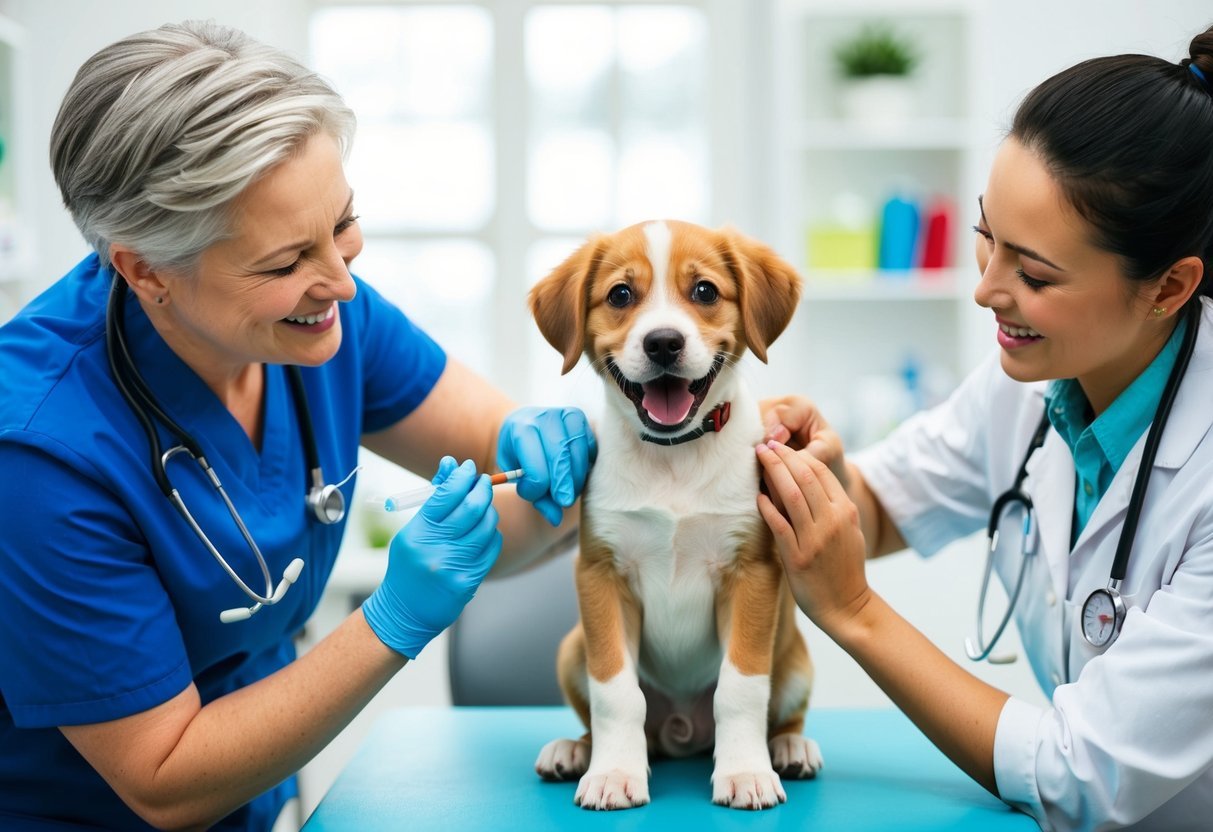
Vaccination is your best defense against parvovirus.
This serious disease can affect puppies and adult dogs alike.
The good news is that with the right vaccinations, you can keep your furry friend safe.
When your puppy is young, they need a series of vaccinations to build their immunity.
Make sure you stick to the schedule recommended by your veterinarian.
Usually, this means getting vaccinated in a few rounds until they are about 16 weeks old.
Once your dog is fully vaccinated, they will need regular boosters to stay protected.
Adult dogs typically need a parvovirus booster shot every three years if they received their full puppy vaccinations.
It’s important to know that even if your dog appears healthy, they still need vaccinations.
Parvovirus is highly contagious and can be found in places where other dogs have been.
Taking these simple steps with vaccinations can make a big difference.
Keeping your puppy up to date on their shots is crucial to preventing this dangerous disease.
For more information, check out details on puppy vaccinations and parvovirus.
6) Dehydration is a major risk
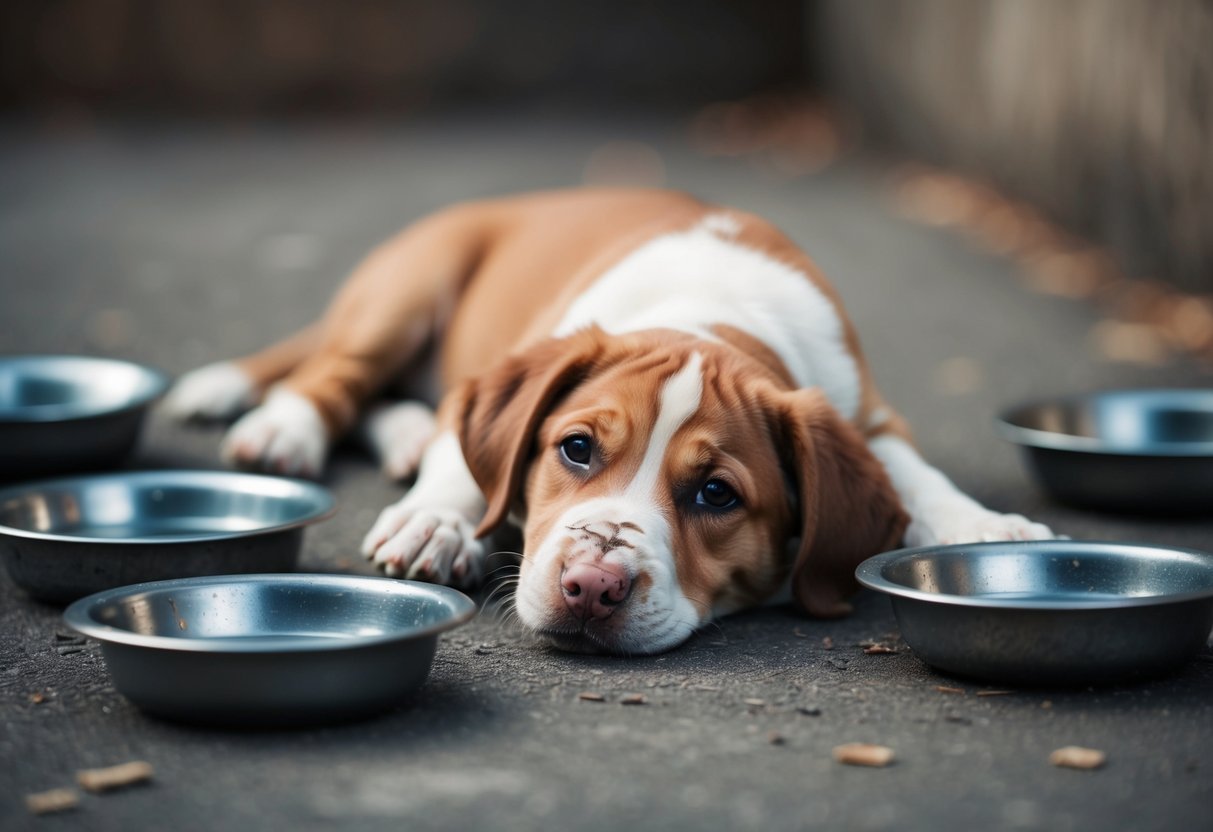
When your puppy gets parvovirus, dehydration can happen quickly.
It’s one of the most serious problems that can arise from this illness.
Puppies can become very sick, leading to vomiting and diarrhea.
These symptoms can cause them to lose a lot of fluids.
If your puppy doesn’t drink enough water, it can lead to dangerous dehydration.
You should watch for signs of dehydration, such as dry gums, lethargy, and sunken eyes.
If you notice any of these signs, it’s important to act fast.
Call your veterinarian right away.
During treatment for parvo, your puppy may need fluids given by a vet.
This helps to replace what they’ve lost and keeps their body working properly.
Keep an eye on your puppy’s water intake.
Encourage them to drink small amounts often.
If they refuse to drink, be sure to seek professional help.
Dehydration can make their condition much worse.
Taking quick action can help protect your puppy’s life.
7) Parvo spreads through feces

Parvo is highly contagious and spreads mainly through the feces of infected dogs.
If your puppy comes into contact with contaminated poop, they can catch the virus.
Even if a dog doesn’t show symptoms, they can still spread parvovirus.
This means your puppy could get infected just by sniffing or licking areas where an infected dog has been.
It’s important to keep your puppy away from places where other dogs have been, especially if those dogs are not vaccinated.
Always clean up after your pet to reduce the risk of spreading the virus.
Be cautious in dog parks and other common areas.
The virus can live on surfaces for a long time, so your shoes or gear can carry it back home.
Making sure your puppy is vaccinated can help protect them from this serious disease.
Regular vet check-ups are essential to ensure your puppy’s health and safety.
Understanding Parvo

Canine Parvovirus, often called parvo, is a severe viral disease that can affect dogs, especially puppies.
Knowing how the virus works and how it spreads can help you keep your puppy safe.
What is Canine Parvovirus?
Canine Parvovirus is a highly contagious virus that targets rapidly dividing cells in a dog’s body.
This means it attacks the cells in the intestines and bone marrow, leading to severe gastrointestinal issues and a weakened immune system.
Symptoms of parvovirus include:
- Vomiting
- Diarrhea (often bloody)
- Lethargy
- Loss of appetite
The incubation period ranges from 2 to 10 days.
Puppies that aren’t fully vaccinated are at the highest risk.
If you notice any symptoms, getting to the vet quickly can make a huge difference.
How Parvo Spreads
Parvovirus spreads mainly through direct contact with an infected dog’s feces.
It can also be transmitted indirectly via contaminated surfaces, bowls, or even your clothes and shoes.
The virus can survive in the environment for months, making it tricky to manage.
Dogs can shed the virus even before showing symptoms, meaning they can infect others without being obviously ill.
To protect your puppy, avoid places where many dogs gather until they are fully vaccinated.
Regularly disinfecting your home and yard can also help reduce the risk of exposure.
Symptoms of Parvo
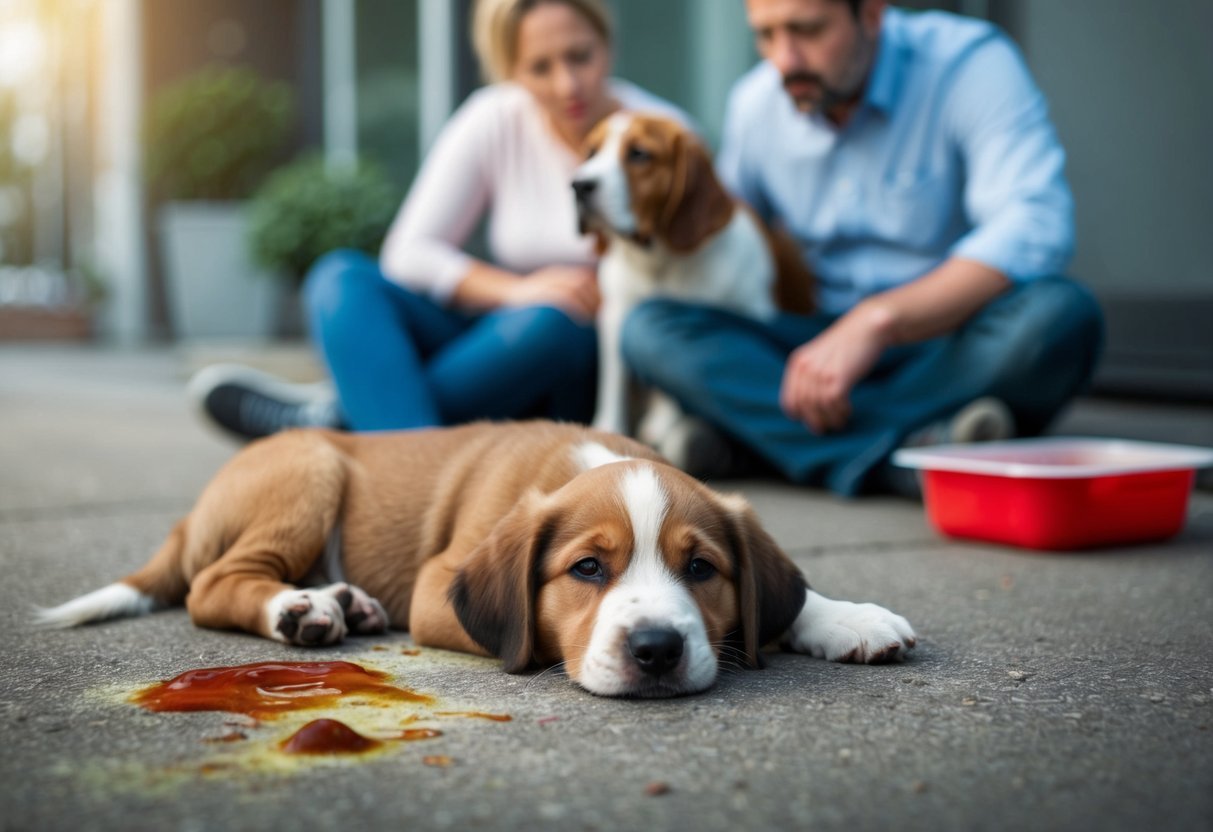
Recognizing the symptoms of parvo is essential for your puppy’s health.
Catching the signs early can make a significant difference in treatment and recovery.
Early Signs to Look Out For
When it comes to parvovirus, early detection is key.
You should monitor your puppy for the following signs:
- Lethargy: If your pup seems unusually tired or less active than normal, take note.
- Loss of Appetite: A sudden change in your puppy’s eating habits can be a warning sign.
- Behavioral Changes: Is your playful pooch suddenly withdrawn or sad? This could indicate illness.
- Fever: Your puppy might have a fever. Use a thermometer to check if needed.
If you notice these signs, it’s important to consult your vet right away.
Early action can help ensure your puppy gets the care needed to recover.
Severe Symptoms and Complications
As parvo progresses, symptoms can become more severe.
Keep an eye out for these alarming signs:
- Vomiting: Frequent vomiting, often with a foul smell, is a major indicator.
- Diarrhea: Watch for diarrhea that is often bloody, which indicates a serious situation.
- Dehydration: Signs include dry gums, sunken eyes, and excessive thirst. Dehydration can be life-threatening.
- Rapid Weight Loss: This can happen over just a few days, so monitor your pup’s weight closely.
- Severe Abdominal Pain: Your puppy might show signs of discomfort or pain in their abdomen.
If you observe any severe symptoms, immediate veterinary care is crucial.
Timely treatment can make all the difference in saving your puppy’s life.
Prevention and Protection
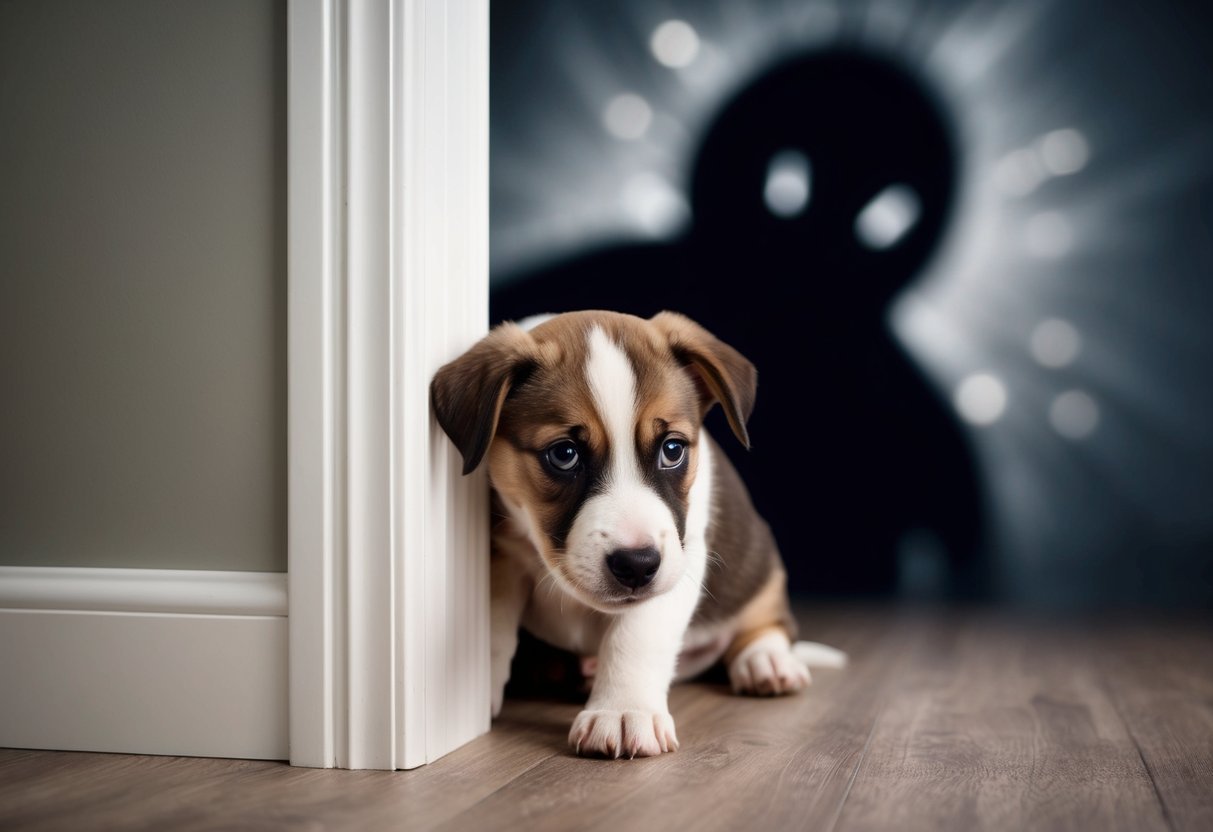
Protecting your puppy from parvovirus is crucial.
Two main strategies stand out: vaccination and maintaining a clean environment.
Each plays a significant role in keeping your furry friend safe.
Vaccination Importance
Vaccination is your first line of defense against parvovirus.
Puppies usually receive their first parvo vaccine around six to eight weeks old.
The vaccine requires multiple doses, spaced out every few weeks until your puppy is about 16 weeks old.
Make sure to follow your veterinarian’s vaccination schedule.
In some cases, adult dogs may need booster shots as well.
Vaccination helps not only protect your puppy but also reduces the risk of outbreak in the community.
Key Points:
- First vaccine at 6-8 weeks.
- Follow-up shots every few weeks.
- Adult dogs may need boosts.
Hygiene and Environment
Keeping your puppy’s environment clean is equally important.
Parvovirus can live in the soil and on surfaces for long periods.
To minimize risk, regularly disinfect areas where your puppy plays or rests.
Avoid taking your puppy to places where many dogs gather until they are fully vaccinated.
Public parks and grooming salons can be risky.
Always wash your hands and change clothes after handling dogs you do not know.
Tips for Cleaning:
- Use bleach solution (1 part bleach to 30 parts water).
- Clean toys and bowls regularly.
- Keep your yard tidy to reduce exposure.
By focusing on vaccination and hygiene, you can significantly lower the chance of your puppy getting parvovirus.
Frequently Asked Questions
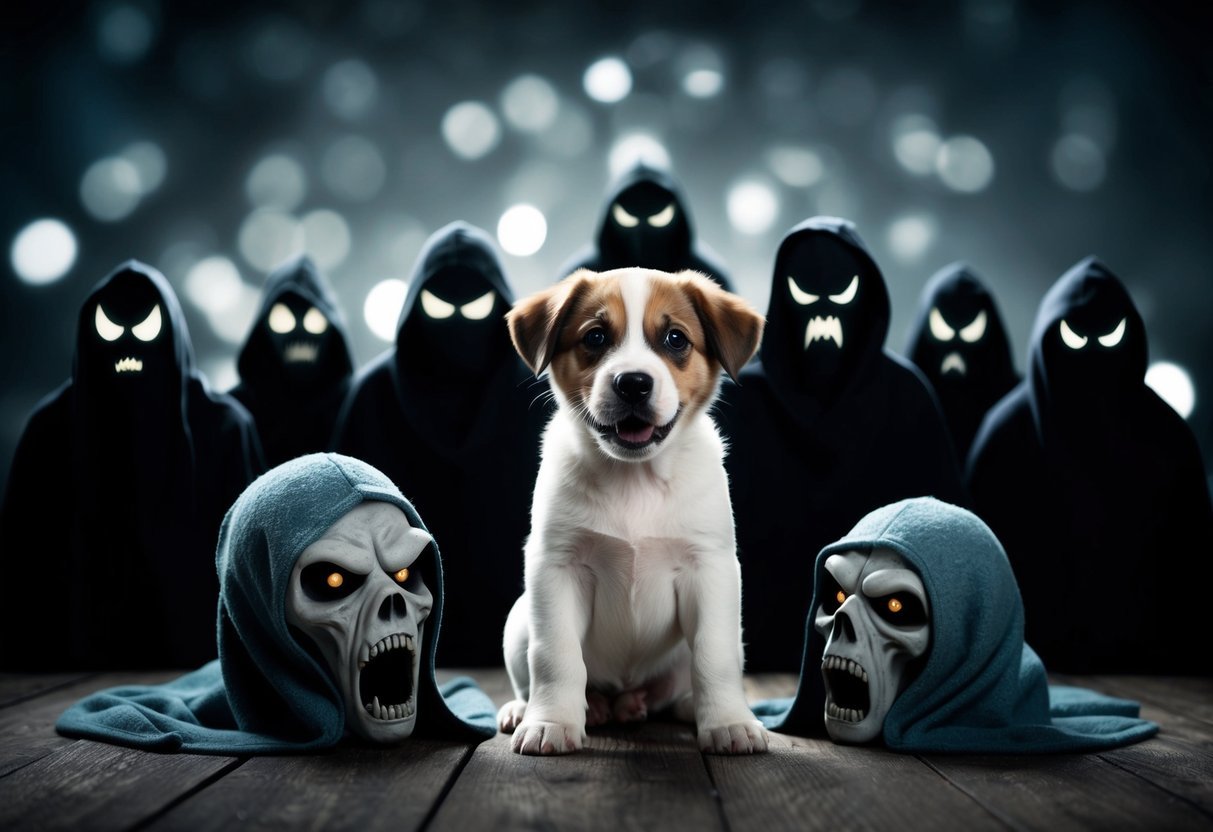
Parvo can create a lot of confusion, especially if you’re worried about your puppy’s health.
Here, you’ll find answers to common questions that can help you understand this serious virus better.
What’s the deal with the last stages of parvo in puppies?
In the final stages of parvo, puppies often experience severe dehydration and may stop eating altogether.
This is a critical time.
If your puppy shows signs of lethargy or weakness, getting to the vet right away is crucial.
How long does parvo stick around on human skin, anyway?
Parvovirus can survive on human skin for several hours.
It’s important to wash your hands thoroughly after handling your puppy, especially if they have been in contact with contaminated areas.
What should I look for as early warning signs of parvo?
Early signs of parvo include lethargy, loss of appetite, and vomiting.
You might also notice bloody diarrhea.
Catching these symptoms early can make a big difference in your puppy’s treatment.
Are there any telltale signs that a puppy is bouncing back from parvo?
Signs that your puppy is improving include increased energy, a return of appetite, and a decrease in vomiting or diarrhea.
A happy wagging tail is also a good sign that recovery is happening!
Can you break down the day by day symptoms of parvo for me?
The symptoms of parvo often worsen over about three to seven days.
Initially, you might see mild signs like lethargy, which can progress to vomiting and severe diarrhea.
Tracking these changes can help you know when to seek veterinary care.
Just how does a pup catch parvo in the first place?
Puppies usually get parvo from direct contact with infected dogs or contaminated environments.
The virus can live on surfaces like soil and furniture for months.
This makes it easy for your puppy to catch it during walks or playdates.

